More than 10 years after the University of the Philippines Land Grant turned over its 4, 018 hectares of land to the more than 1,000 planters, the Sta. Clara Agrarian Reform Beneficiaries Integrated Development Cooperative now tries to revive the “rubberdom” of the province.
The province has been the pioneer of the rubber industry in the country, after American colonial-era companies introduced the technology on rubber farming and processing to local residents here, agriculture experts here said.
The industry flourished until the onset of the Moro revolt in 1970’s where several foreign investors have closed down their rubber operation. The situation aggravated when the al-Qaeda linked Abu-Sayyaf terrorist group emerged in this province in the early 1990’s and went into full-scale terrorist movement in the early 2000, where it created havoc by kidnapping foreign tourists and launching several bombing attacks.
“With the string of armed conflict in the succeeding decades since the 70’s, local and foreign investors literally moved out from this province and shelved their plans for expansion,” said Narciso.
But with the current global demand for rubber coupled with the neutralization of the top Abu-Sayyaf commanders in recent years, the situation has become more favorable.
“The noise of once silent rubber processing plants have begun echoing again in the province. We’re back on business,” said one of the laborers in the Sta. Clara rubber plantation, as he files a cake of rubber to be weighed.
Since 2004, the cooperative started to produce at least 15 metric tons (MT) of the semi-processed rubber per month, which equals to P3.6 million at the current price of P90 to P150 per kilo.
Narciso said, with the cooperative’s 10-year development road map, they are targeting to produce more than 200 MT per month by 2012.
“We are just reviving the production levels of 1950’s,” he said, adding that the cooperative is planting at least 200 hectares of rubber every year.
Currently, the Sta. Clara cooperative has about 400 hectares that are planted to mature rubber trees, while about 900 hectares are newly planted with two or more year old saplings. Thousands of senile rubber trees grow in about 2,000 hectares of the plantation that should be replaced because of their low sap yield.
Narciso said that by 2015 almost 90% of the 4,000-hectare will planted to productive rubber. Rubber trees can produce sap five years after it was planted. It has a life-span from 30 to 35 depending on the maintenance.
To further improve the rubber industry here, a consortium of agrarian reform beneficiaries in this province have banded together in a mission to improve the quality and increase the productions of its rubber in the following years (See separate story in this issue).
“We believe that by bonding ourselves we can be catalyst to strengthen the rubber sector in this province, which did not fully advance in the past years due to the armed conflict,” said Narciso, who is also the lead convenor of the consortium.
Non-uniform rubber price is also one of the factors which led to the creation of the consortium, according to Jose R. Bernadas, plant manager of Lamitan Agrarian reform beneficiaries
Rubber is marketed here as centrifuged latex, cup lumps, crepe sheets, and crumb rubber.
The development of research, marketing linkages, and strengthening the cooperatives capacity, are just part of the consortium’s vision, he said.
Based on the comprehensive development plan of the provincial government, Basilan has at least 15 large rubber-based agrarian reform communities through the Comprehensive Agrarian Reform Program in 1988. The cooperatives now handle a total of 7,905 hectares planted with rubber.
In 2006, the year that last recorded, the provincial government said that the province has around 15,503 hectares are planted to rubber, of which 7,148 hectares or 47.49% were planted by individual farmers scattered in nine municipalities and two cities, while the rest areas are owned by members of the cooperatives within the agrarian reform beneficiaries.
But the exact total land areas planted with rubber could reach to more than 20,000 hectares, with hundreds of unrecorded small rubber growers and farmers in this province, traders here noted.
“With the new technology coupled with the high global demand on rubber products, people here are getting more interested in planting rubber. Some are even starting to cut their coconuts to plant rubber,” said Daniel R. Guerrea, the plantation manager of Lantuan Agrarian Reform Beneficiaries, which is also a member of the consortium.
He said their cooperative has a total rubber plantation of 950 hectares, which is formerly owned by Sime Darby Filipinas, Inc.
Data from the provincial government office said that out of the 15,000 hectares rubber area, roughly 47% or 7,029.47 hectares are immature, 32% or 4,880.21 hectares are productive while 21% or 3,143.36 hectares are less-productive. In terms of distribution of rubber farms and growers, at least 135 or 53% of the 255 barangays in this province are engaged with rubber.
Although, there are no official figures on the annual production of rubber in this province, but traders and planters here noted that the province is capable of producing at least 400 MT of rubber every month that translate to 4,800 MT of semi-processed rubber is being ship out of the province very year.
The Provincial Agriculture Office here said that there are currently 9,742 individual farmers in the province who had concentrated in rubber plantation. Almost half of the registered farmers are into backyard rubber planting, which are distributed among the nine municipalities and two cities, while the rest are members of the cooperatives.
Narciso pointed out that rubber is the only crop which provides daily employment year-round, since tapping the trees for latex must be done once a day.
With the current surge of automobiles, and medical paraphernalia, such as the surgical gloves, the global rubber demand is expected to surge to more than 8 million MT in the year 2010, according to the Food and Agriculture Organization of the United Nations. At present, the Philippines ranked sixth in the world’s rubber production, with an annual average production of 122,000 MT.
Rubber production in the Philippines lags behind that of Malaysia, Thailand and Indonesia. The amount produced by these three countries accounts for more than 70% of the world’s total output, said senior agriculturist Marcial Fantone.
To improve the rubber industry of this province, Isabela City mayor Cherrylyn S. Akbar said the Provincial Central Nursery, which was established by his late husband Congressman Wahab Akbar, has propagated around five to 10 million rubber trees for the past three to four years.
The provincial government, according to governor Jum J. Akbar, needs at least P150 million to develop 1,500 hectares of rubber by 2010, and P11.5 million for the inputs in the provincial rubber development program.
Majority of the fund will go to the purchase of at least nine million rubber seedlings, which will be distributed until 2010.
Narciso said the consortium is already in talks with several foreign investors to set up a processing plant for rubber-based finished products, such as tires and slippers.

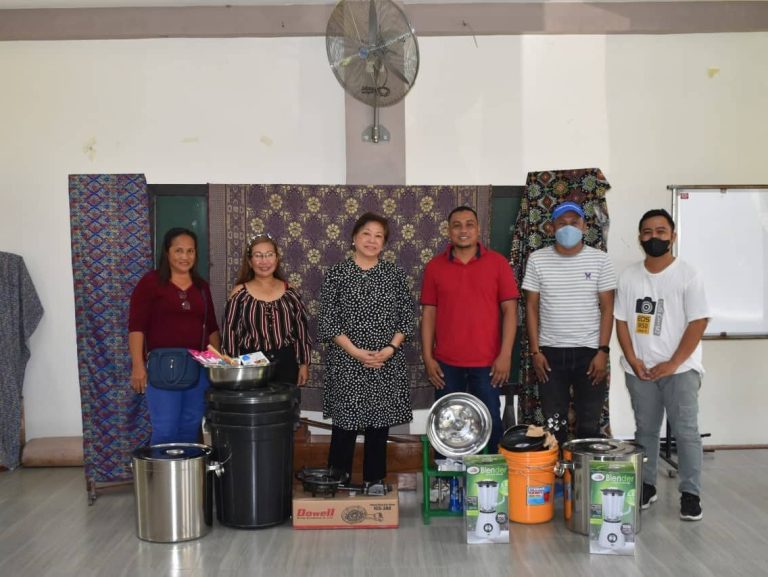
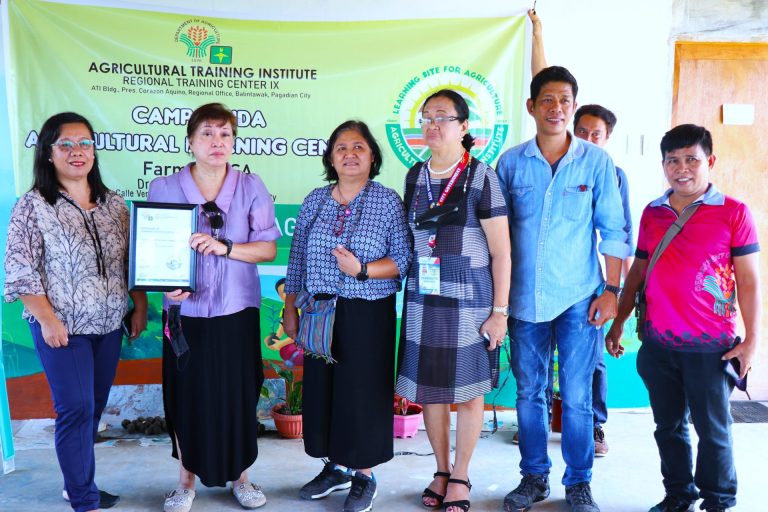

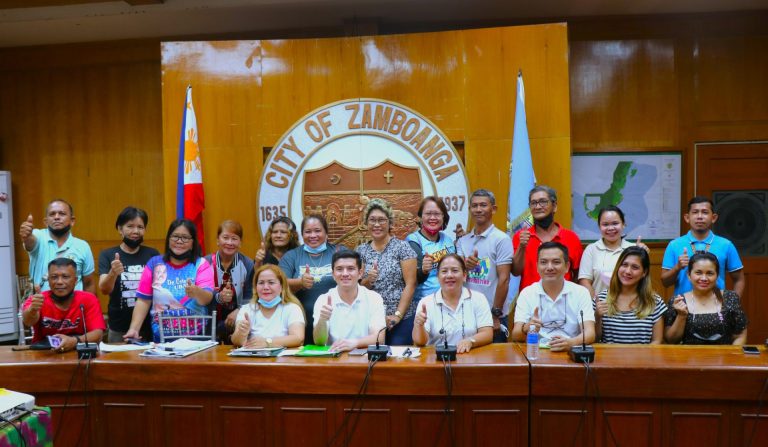
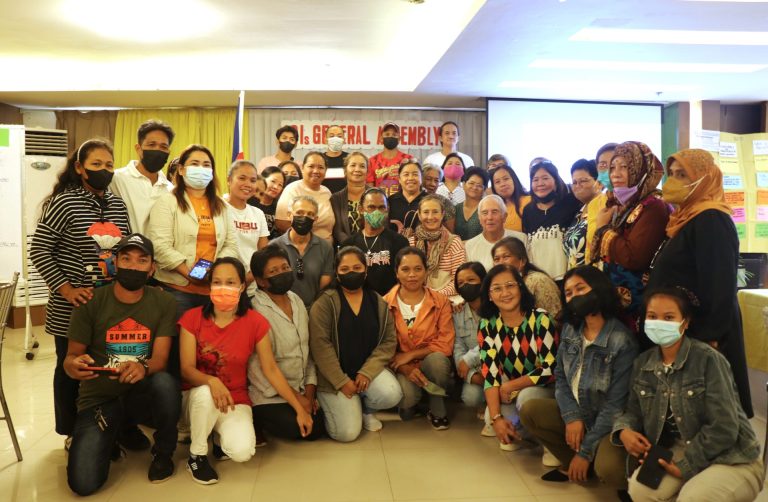
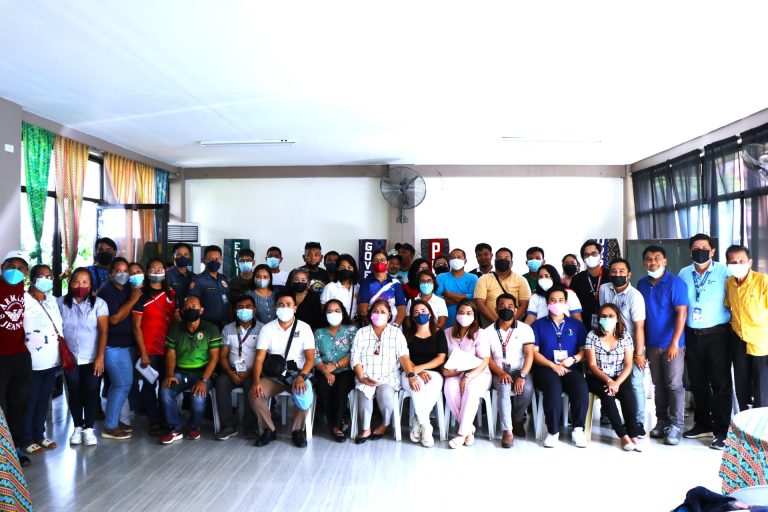
Recent Comments